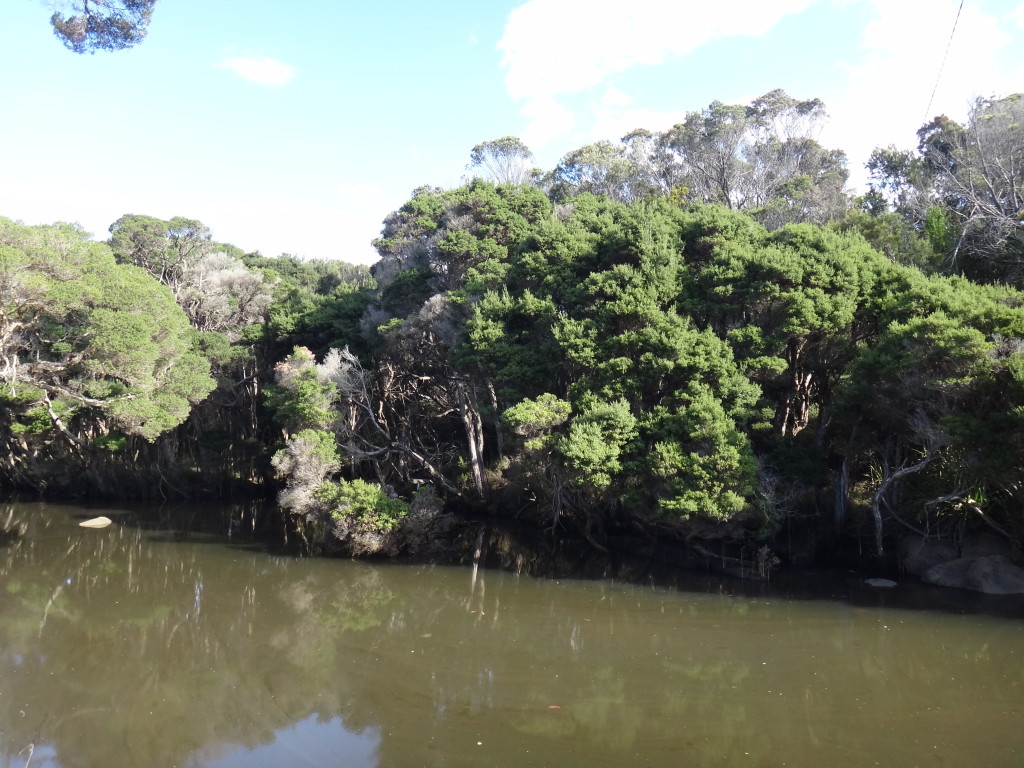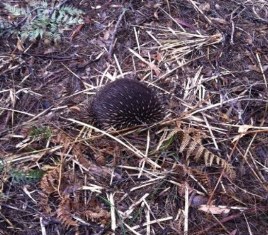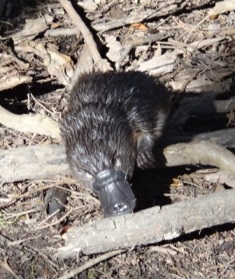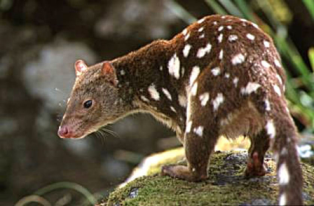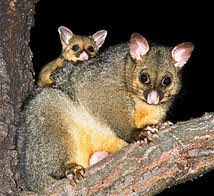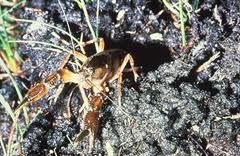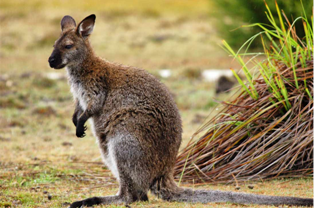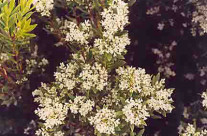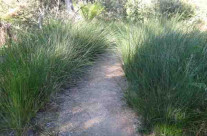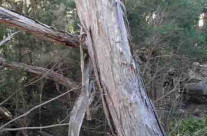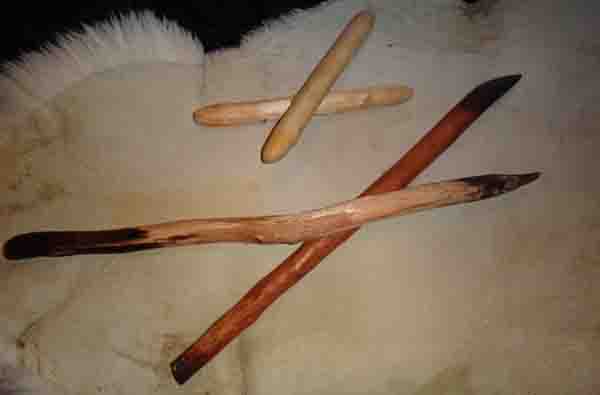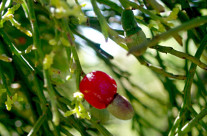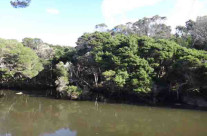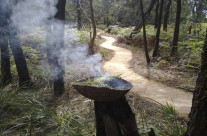The Coastal Plains lands of the leenerrerter people between the polelewawta (Little Forester River) and wartenerkardouler (Great Forester River) were preferred living places for large family groups.
The environment was rich in resources and fresh water. The people lived in harmonious cultural rhythms with their land and the seasons. The leenerrerter people could read their environment for signs of the approach of fishing, hunting and gathering seasons. They managed their food resources very carefully. The river systems were important natural features used to distinguish separate clan territories and nation boundaries.
Living near or in the river systems of the Coastal Plains were a variety of animals including snakes, echidna, eels, native cat (quoll), platypus.
A variety of bush foods; fruits, roots, tubers were significant sources of nutrition for the leenerrerter people and were collected by the women. They also trapped numerous small game, collected birds’ eggs, and medicinal plants. Clansmen hunted the large game animals; forester kangaroo, emu, wombats and wallaby on the plains behind the track. possums, fish, burrowing and freshwater crayfish. Most of these animals comprised an important part of the leenerrerter diet.
Wood from dogwood and manuka was gathered to make implements and weapons. The ends were fire hardened and then made into short chisel type digging sticks, firebrands, spears, music sticks and waddis. The firebrand was carried for protection against the bad spirits as the people travelled, and for immediate use in cooking, firing the land and as well as for warmth.
Canoes were constructed from the paperbark tree which was in plentiful supply in the area. They were probably up to 5 metres long and made from thin strips of the bark tightly bound and lashed together with string for strength. Canoes were used to travel both long and short distances to the offshore islands.

